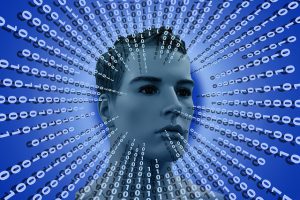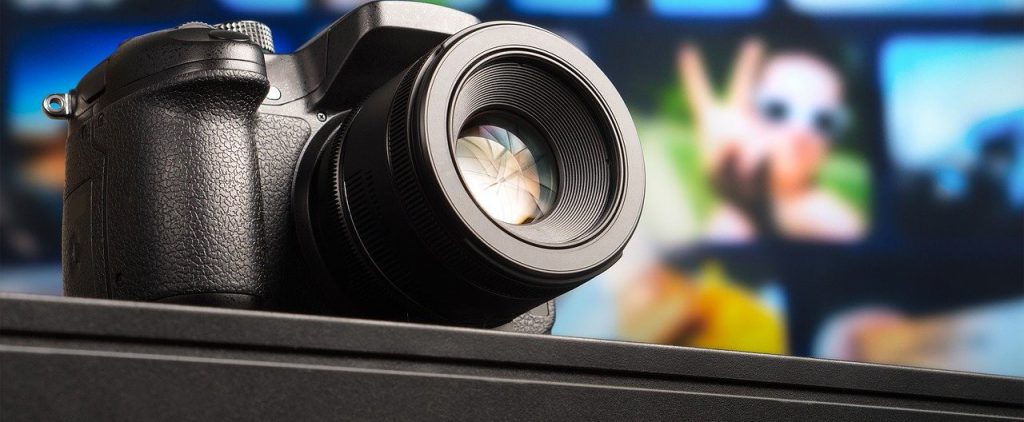We belong to the generation that probably won’t experience robots taking over the world. Still, at this moment, we are witnessing the increasing development of supreme cognitive technology with the opportunity to be among the first who will meet intelligent machines. Of course, the present is not as grim as it may seem – we are currently making very good use of technology in every aspect of our lives, and we most commonly use it for entertainment – we watch funny pictures of cats on the Internet, chat with friends, or gamble online with the Rizk Bonus Code. But AI has definitely become integrated into our lives.

The truth is, AI’s growth hasn’t happened in giant and visible steps, but more in the expanding use of Machine Learning in different areas of our everyday lives.
For example, the Generative Adversarial Network (GAN), a model of machine learning, was invented in 2014 by the scientist Ian Goodfellow and his team. By using neural networks, it is possible to synthesize artificial samples, like images, that are not different from the authentic ones. They continue to generate the same data they were given in the training process. The result is a realistic picture that doesn’t really exist, but it’s a product of Artificial Intelligence.
One of the greatest inventors of today, the Nvidia Corporation, used the GAN principle to create its latest algorithm named StyleGAN. It generates data of human faces and creates fake portraits that are identical to real people’s images. It is initially trained to recognize human faces but, theoretically, the program could process any other kind of data.
Artificial Intelligence is trained to automatically recognize and separate different characteristics when retrieving information about the human face, and it can work with high-level performances. For example, the machine will recognize different poses or gestures on a human face. It can also generate randomly determined differences in human appearances, such as facial asymmetry, freckles, hair texture, or similar.
With tools like StyleGAN, it is possible to create a fake face. We don’t need to believe in the identity of that person, but the picture really looks authentic.

Fortunately, it’s not quite simple to synthesize an image, so we still can’t do it with our smartphones. However, the question arises whether the tool will become available for massive use.
It has brought, of course, many concerns of those who believe that AI-based fakery can do much harm to society. More fake identities, suspicious propaganda, and Internet frauds will be supported by advanced technology and are very difficult to disclose.
Furthermore, artificial images can disrupt the concept of image as a measure of authenticity and shatter public confidence whose existence is underpinned by photographs. By losing its integrity, photography as an important detail of the social environment will lose its essential meaning, as both information and a form of art.

Artificial Intelligence is present in many industries, with a significant role in advancing services and products, but also in drastically reducing costs. However, AI applications can also affect society. We already saw how individuals or groups could misuse “deep” AI tools and how advanced technology often becomes a double-edged sword.
To use technologies like StyleGAN for the best possible purposes, we need education and time to understand new technological fields that can change the rules of the game and remodel the world we know.
Copyright 2025 | Theme By WPHobby. Proudly powered by WordPress